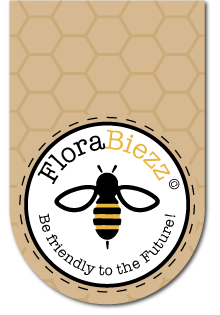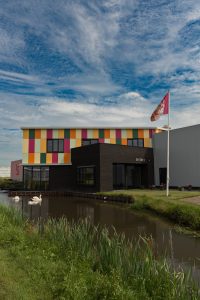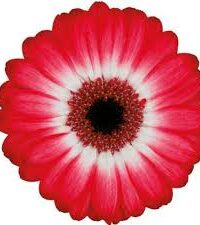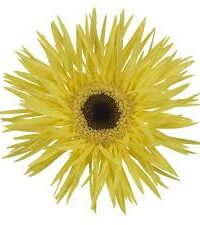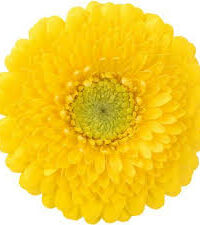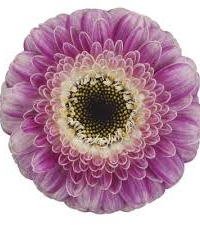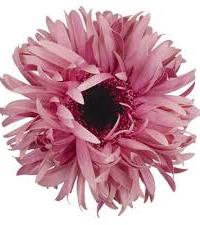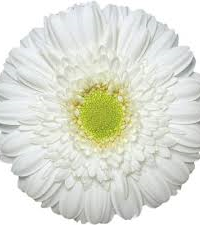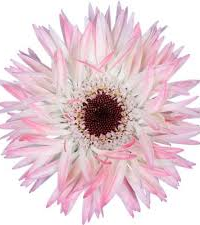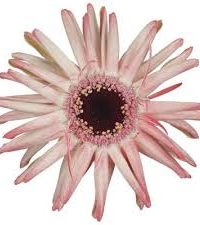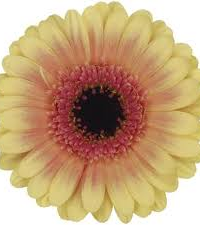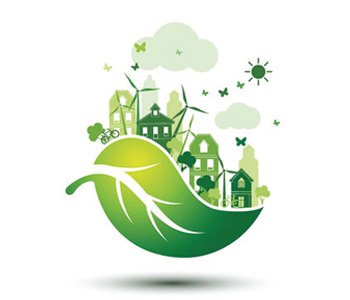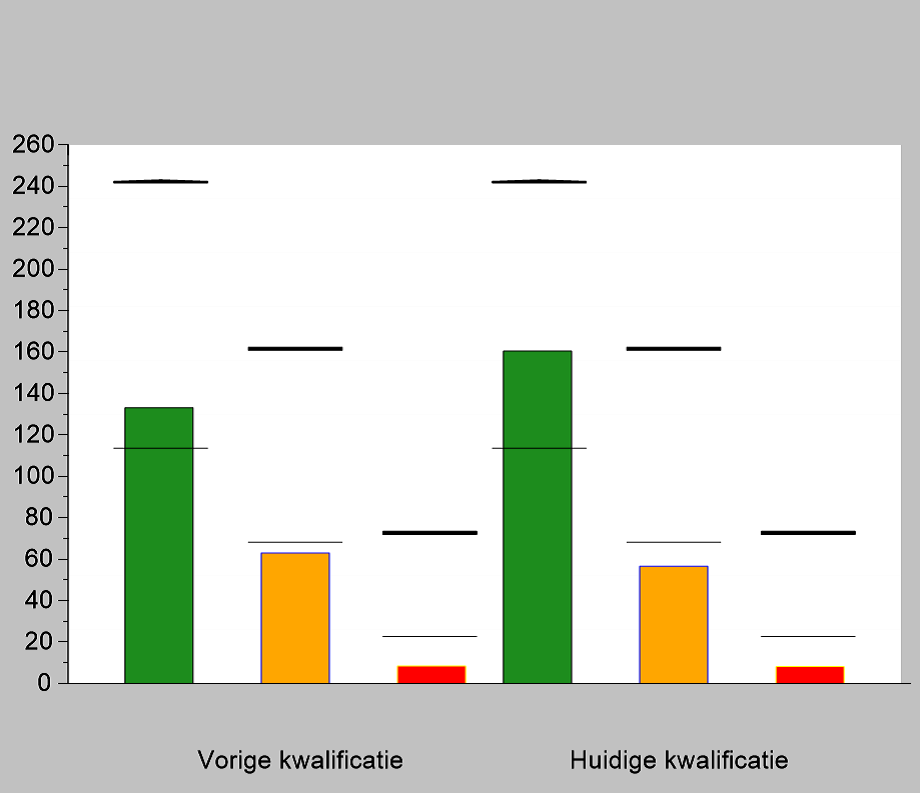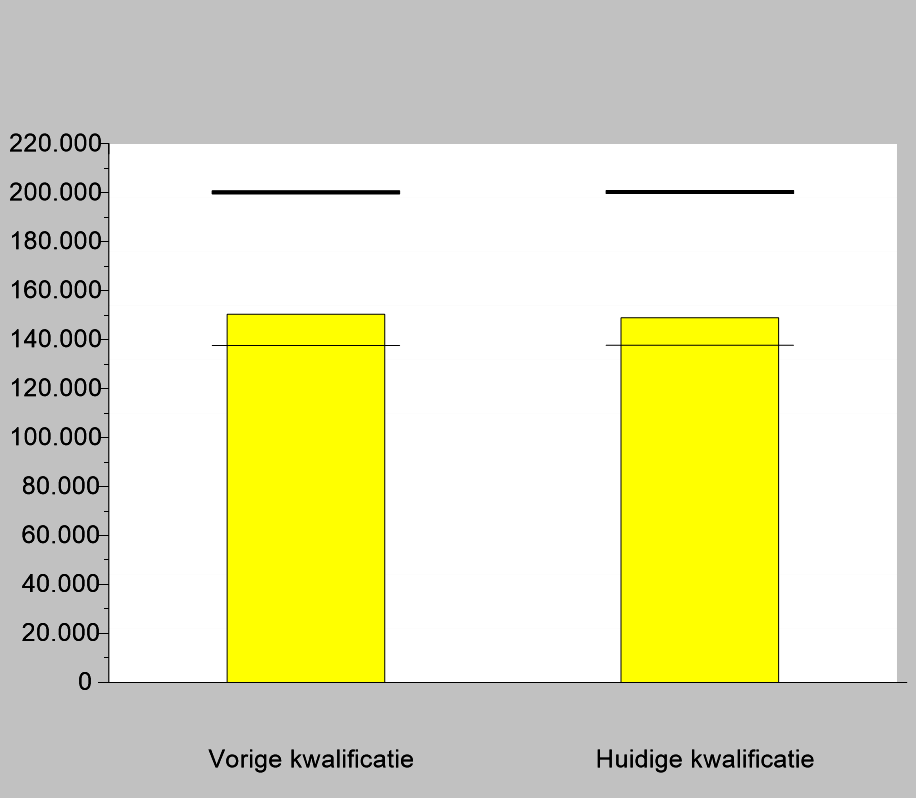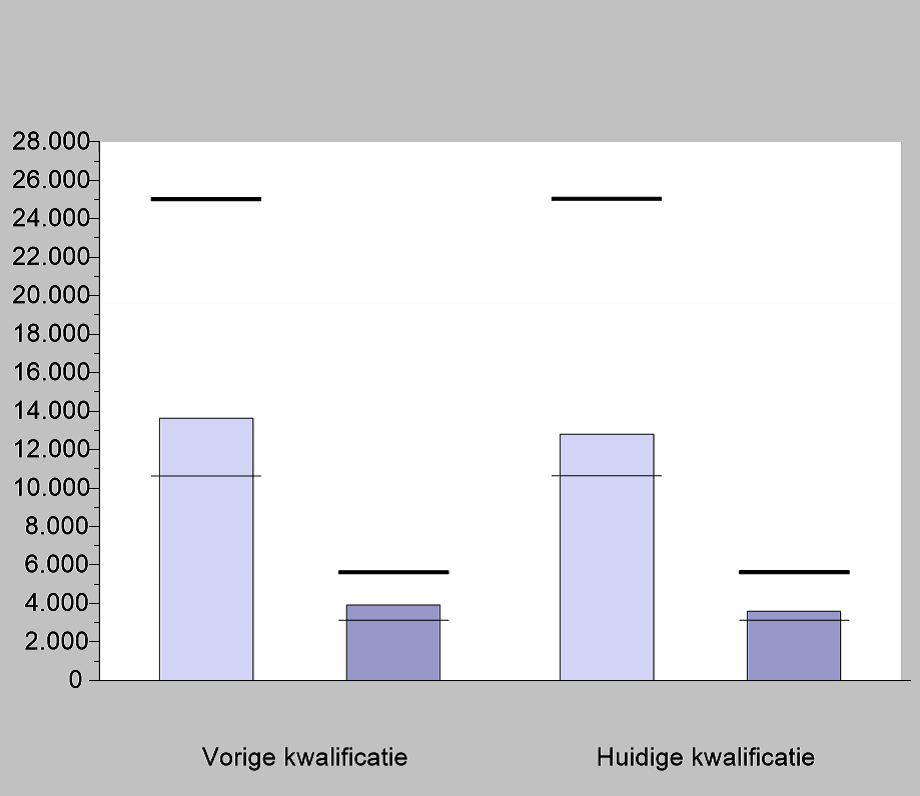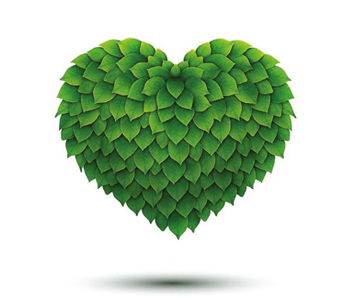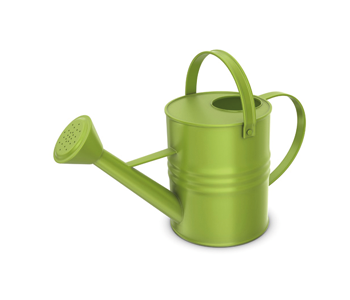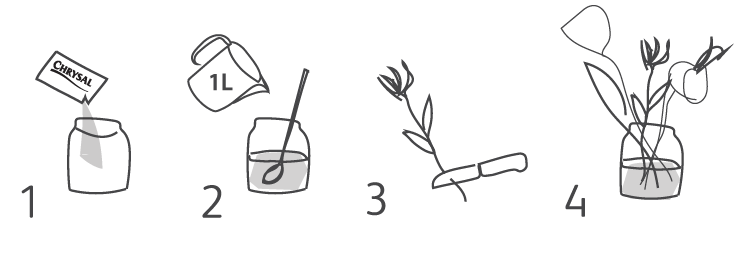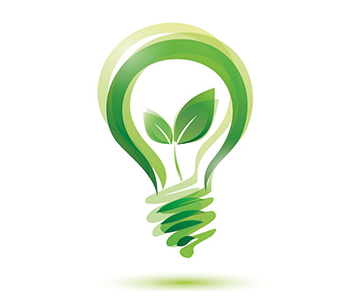Met meer dan 100.000m2 oppervlakte, verdeeld over 2 locaties, worden er door LG Flowers 75 miljoen gerbera’s per jaar geteeld. LG Flowers behoort tot een van de grootste gerbera producenten ter wereld. In 3 generaties is het bedrijf uitgegroeid tot een vertrouwde speler op de bloemenmarkt. In de basis is LG Flowers een modern, arbeids- en milieuvriendelijk bedrijf dat gespecialiseerd is in verdeling, selectie en productie van gerbera’s en gerberaplanten.
De twee locaties hebben beide een eigen specialisatie. Waar de een bloemen met precisie verwerkt voor bloemisten en groothandels, weet de ander alles over leveren op water, in boeketten of concepten voor de retail. Naast het kweken vindt er ook veredeling van gerbera’s plaats binnen het bedrijf. Florya Breeding, de veredelingsafdeling, veredelt unieke gerbera’s in kleuren, vormen of een combinatie van deze twee factoren.
LG Flowers heeft de ambitie om mensen gelukkig en energiek te maken met hun gerbera’s. De mensen achter LG Flowers houden van het leggen van verbindingen in de keten, een pragmatische aanpak, een open blik, veel keuze en vooral van vrolijkheid. Zo is opa Piet Lansbergen samen met zijn zoons Aad, Kees en Hein al in 1994 begonnen met het maken van boeketten om klanten meer keuze te bieden. Vandaag de dag werkt de derde generatie in dit familiebedrijf, samen met een groot team, nog steeds volgens dezelfde waarde als toen.
Joyce Lansbergen heeft haar passie en de kansen die zij tegenkwam gebundeld in Bloom Makery. Consumenten kunnen lang niet altijd al die kleurrijke en bijzondere gerbera’s kopen. Op beurzen en evenementen waar LG Flowers met hun gerbera’s aan deelnamen, werd keer op keer door bezoekers gevraagd waar zij die leuke gerbera’s kunnen kopen. Daarnaast leert de ervaring dat bezoekers altijd graag een kijkje nemen in de gerberakas in Pijnacker. Iedereen krijgt een glimlach op zijn gezicht bij het zien van zo een bloemenzee aan kleur. Hieruit is de passie van Joyce ontstaan en dit gevoel wil zij graag delen met de wereld.
Joyce’ haar passie en de kansen die zij tegenkwam, hebben geleid tot Bloom Makery. De webshop biedt negen blijmakers, gerberaboeketten in vele verschillende stijlen. De bloemen worden ’s ochtends geplukt en kunnen diezelfde avond als boeket nog bij de consument in huis zijn. Verser kunnen de bloemen niet bij de consument aankomen. Hierdoor kan Bloom Makery acht dagen bloei & happiness garantie geven. Al leert de ervaring dat met de juiste verzorging de gerbera’s wel tot twee weken blijven staan. www.bloommakery.nl
